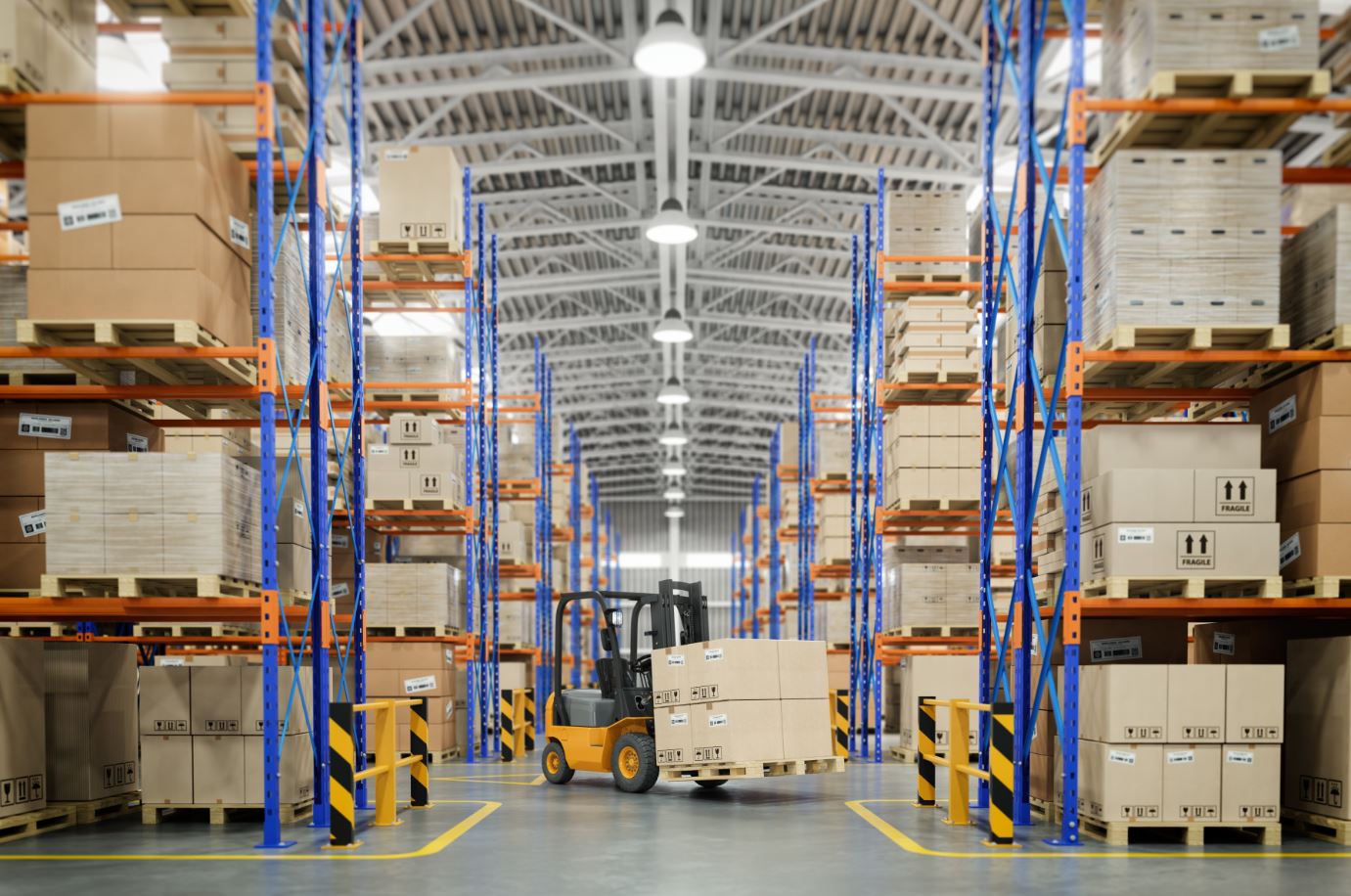
Lean Production: The Way to Efficient and Faster Production
Lean production is the creation of an efficient flow of process and production within a manufacturing set-up. It involves the selection of the appropriate lean design that meets your company’s specific requirements.
Those manufacturers with lean manufacturing layout are more competitive in delivering products on a tight timeline than those manufacturers who don’t.
Why Is It Important To Adopt Lean Manufacturing?
Aside from giving you a competitive edge, here are the reasons to adopt lean manufacturing:
Safety for Your Employees
Since the lean factory layout takes a seamless design, you can reduce the risk of accidents during production. A lean plan eliminates unwanted obstacles in the production process. As a result, it promotes a safe workplace that is also conducive to productivity.
Expedite Work in Progress
The priority of lean manufacturing is to remove unnecessary obstacles during production. This elimination of barriers expedites work in progress. With fast production and quality products, you can exceed customer’s expectation.
Eliminates Waste
With lean manufacturing, you can reduce wastages. An efficient process results in inefficient use of resources. The result of the waste reduction is equivalent to cut costs. Reduced costs mean competitive pricing for your company.
Easy and Hassle-free Maintenance
With every piece of equipment in its appropriate place, maintenance of factory space becomes easier than usual. You don’t need to waste your valuable resources on repairs after one employee accidentally trips on your equipment. Instead, you’d be spending your resources on valuable investment such as improving the technology of your production.
 Increased Production Output
Increased Production Output
Lean production is about the effective use of time and factory space. Since your employees concentrate on producing goods, you can increase the output. You will have the resources to buy more raw materials.
The ultimate objective of adopting a lean manufacturing layout is to increase customer satisfaction. With satisfied customers, you can ensure the success of your manufacturing company.
Approaches to Lean Manufacturing
The two strategies of lean manufacturing are the Greenfield and the Brownfield method.
The Greenfield method is when you set up your new lean factory on a clean slate. It means you will transfer the production with modern machinery and new factory space. While this approach is straightforward, it is not often practical for existing manufacturing company.
The Greenfield requires financial resources, and many manufacturers can’t afford to spend more money on new equipment and plants. Sometimes, you can use your existing hardware and transfer to another location with the lean layout in place. However, the downtime of production isn’t economical for many manufacturing companies
The Brownfield approach doesn’t require new equipment or a new factory plant. It uses your existing equipment and factory plant but with a new improved layout.
The step-by-step process discussed in the next section focuses on the brownfield approach. This approach is more economical and practical.
How to Set up a Lean Factory
Gather information and evaluate your existing equipment and factory layout
Before beginning any changes in your factory, re-evaluate your process and arrangement. This process gives you an overall view of what to change and how to go over the lean design. In this step, you can identify strengths to incorporate and weaknesses to improve.
You can set up back up plans, identify goals and plan alternatives. Your goal in this step is to create a lean plan that is implementable in the shortest period.
Select the right people to work out your lean layout
You’ll need a lean team. With a lean organization, it’s easier to identify problems along the way. You can delegate important tasks to people with the necessary expertise.
Your team may compose of core people, support team and senior leaders. The core people are in charge of the primary task of creating a lean layout. They’ll be the individuals who will concentrate on building your lean layout. These people will work daily to come up with the best design for your manufacturing needs.
The support team may not be working on a daily basis in the creation of the design. However, their output is essential. Their contribution is to provide the necessary input in the re-engineering of your process. These people are usually the head of every department in your manufacturing process.
The senior leaders are the policy-making body of your company. They should understand why you’re making the necessary move to becoming a lean enterprise.
Provide training for your lean team
Training may be redundant, but it provides a refresher to your team members. It threshes out any problems regarding the implementation of the layout. With training, you can identify if an individual is fit for the position you’ve assigned during the lean process.
Conduct meetings to monitor progress
Regular meeting to track progress is essential for the success of lean manufacturing. With regular meetings, you can address problems that may arise. In this step, you can communicate the alternatives in case your company needs subcontractors to fill up manufacturing downtime during the change.
Lean production is a process that involves critical tasks. These tasks may include effective communication, identification of potential problems or knowing when to abandon inefficient alternatives.
The creation of lean design may include the use of application and methodologies. The proper identification of these methodologies is crucial to the success of your lean enterprise.










